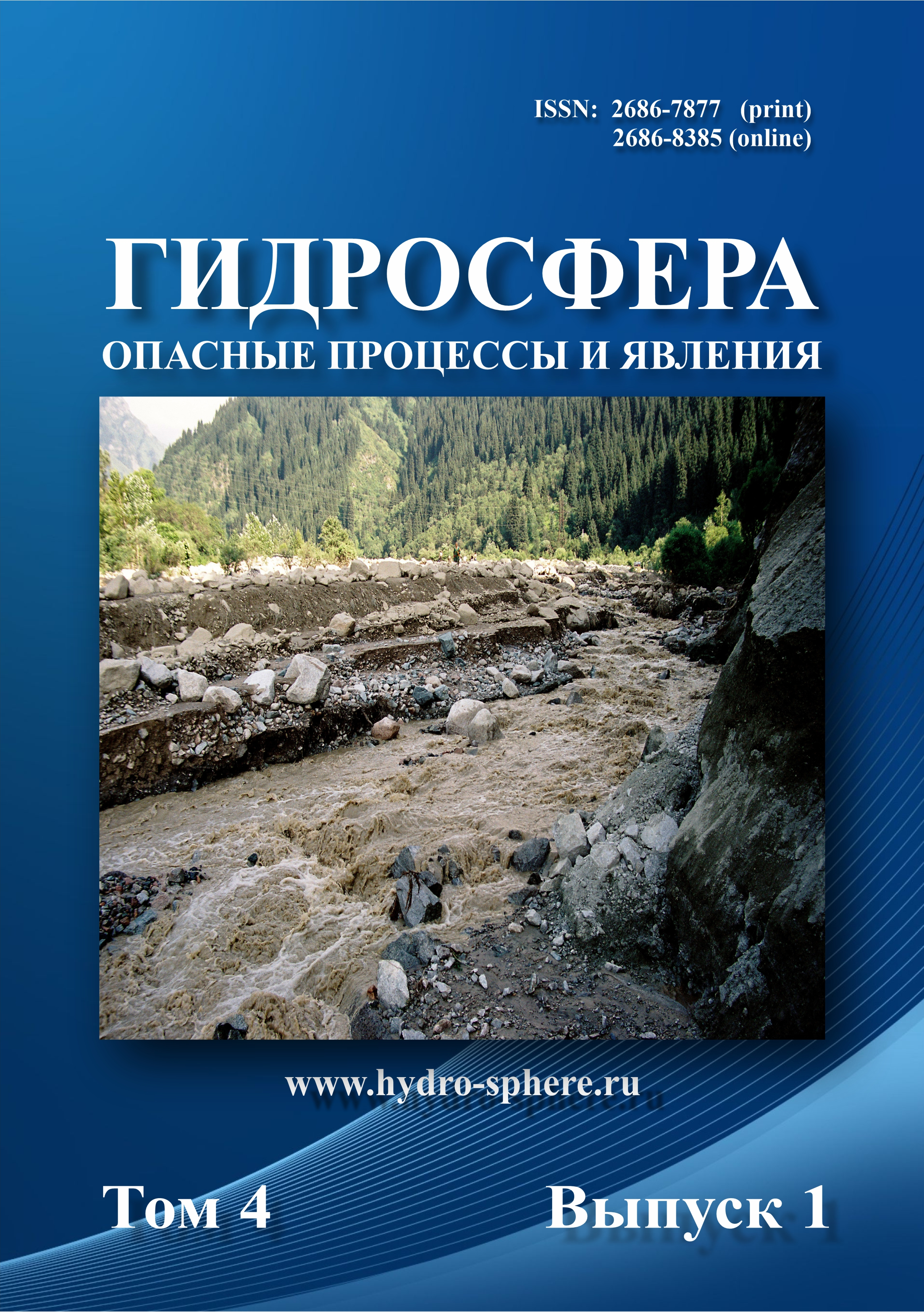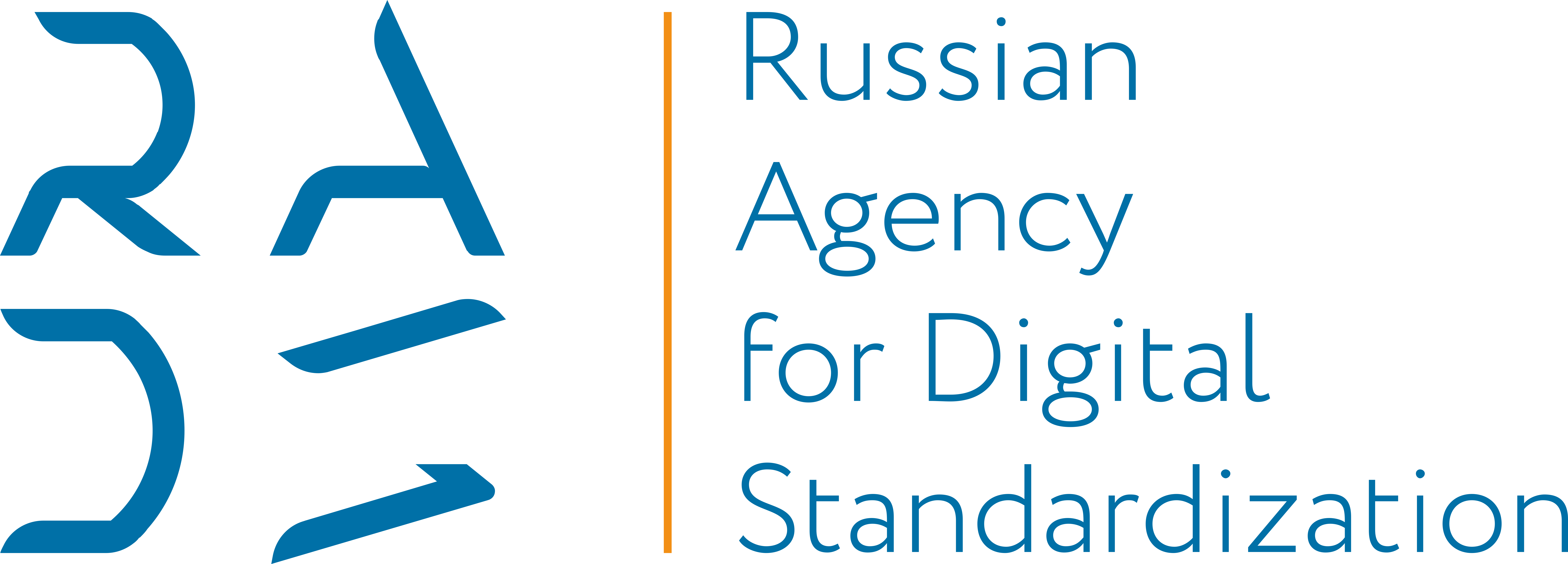Belikov G.I. Tsentral'noe rastyazhenie i szhatie sterzhnei: obshchie svedeniya, resheniya zadach, zadaniya: uchebno-prakticheskoe posobie [Central stretching and compression of rods: general information, problem solving, tasks: educational and practical guide]. URL: https://vgasu.ru/attachments/oi_belokov-01.pdf (In Russian).
Boldyrev G.G. Metody opredeleniya mekhanicheskikh svoistv gruntov s kommentariyami k GOST 12248-2010 [Methods for determining the mechanical properties of soils with comments to GOST 12248-2010]. Moscow, Publ. Prondo, 2014. 812 p. (In Russian).
Chernyshev S.N., Martynov A.M. Vliyanie pogreshnosti inzhenerno-geologicheskikh izyskanii na tochnost' rascheta osadki zdaniya [Influence of inaccuracies in engineering-geological surveys on the accuracy of calculation of a building]. Promyshlennoe i grazhdanskoe stroitel'stvo [Industrial and civil engineering], 2018, iss. 5, pp. 61–67. (In Russian; abstract in English).
Dalmatov B.I. Mekhanika gruntov, osnovaniya i fundamenty [Soil mechanics, bases and foundations]. Leningrad, Publ. Stroiizdat, 1988. 415 p. (In Russian).
Dmitriev V.V., Yarg L.A. Metody i kachestvo laboratornogo izucheniya gruntov: uchebnoe posobie [Methods and quality of laboratory study of soils: textbook]. Moscow, Publ. KDU, 2008. 542 p. (In Russian).
Gersevanov N.M. Sobranie sochinenii v 2 vol. Vol. 1. Svainye osnovaniya i raschet fundamentov sooruzhenii [Collected works in 2 volumes. Volume 1. Pile foundations and calculation of foundations of structures]. Moscow, Publ. Stroivoenmorizdat, 1948. 270 p. (In Russian).
Gruntovedenie [Soil science]. Sergeev E.M. (ed.). Moscow, Publ. of Moscow State University, 1983. 212 p. (In Russian).
Kagan A.A. Raschetnye pokazateli fiziko-mekhanicheskikh svoistv gruntov. Naznachenie, metody opredeleniya [Calculated indicators of physical and mechanical properties of soils. Purpose, methods of determination]. Leningrad, Publ. Stroiizdat, 1973. 144 p. (In Russian).
Kashirskii V.I. Metodika issledovanii sostava i svoistv dispersnykh gruntov polevymi metodami v usloviyakh megapolisa: Na primere g. Moskvy. Avtoref. diss. kand. tekhn. Nauk [Methodology for the study of the composition and properties of dispersed soils by field methods in a metropolis: On the example of Moscow Ph. D. (Technical) Thesis]. Moscow, Publ. FGUP PNIIIS, 2005. 26 p. (In Russian).
Ponomarev A.B., Zakharov A.V., Zolotozubov D.G., Kaloshina S.V. Osnovaniya i fundamenty: ucheb.-metod. Posobie [Bases and foundations: teaching aid]. Perm': Publ. of Perm National Research Polytechnic University, 2015. 318 p. (In Russian).
Pykhteeva N.F., Buksha V.V., Mironova V.I. Mekhanika gruntov: uchebno-metodicheskoe posobie [Mechanics of soils: educational and methodical manual]. Ekaterinburg, Publ. of Ural University, 2018. 116 p. (In Russian).
Spravochnik po inzhenernoi geologii [Handbook of engineering geology]. Churinov M.V. (ed.). Moscow, Publ. Nedra, 1974. 408 p. (In Russian).
Spravochnik proektirovshchika. Osnovaniya, fundamenty i podzemnye sooruzheniya [Designer's Handbook. Foundations, foundations and underground structures]. Sorochan E.A., Trofimenkov Yu.G. (eds.). Moscow, Publ. Stroiizdat, 1985. 480 p. (In Russian).
Tsytovich N.A. Mekhanika gruntov (kratkii kurs): uchebnik dlya stroitel'nykh vuzov [Soil mechanics (short course): a textbook for construction universities]. Moscow, Publ. Vysshaya shkola, 1983. 288 p. (In Russian).
Vinogradov A.Yu. K voprosu o neobkhodimosti tekhnicheskogo regulirovaniya v inzhenernykh izyskaniyakh [On the necessity of technical regulations of engineering survey]. Vestnik Moskovskogo gosudarstvennogo oblastnogo universiteta. Seriya: Estestvennye nauki [Bulletin of the Moscow Region State University. Series: Natural Sciences], 2012, iss 4, pp. 92–95. (In Russian; abstract in English).








1.png)




















